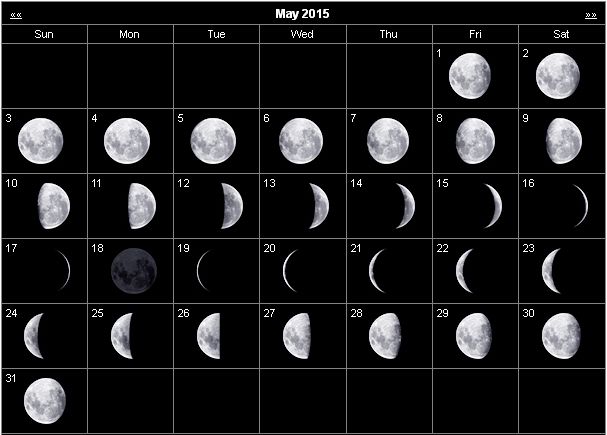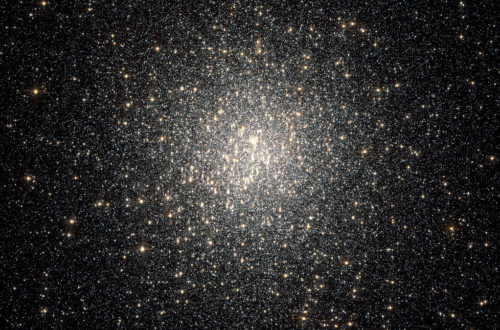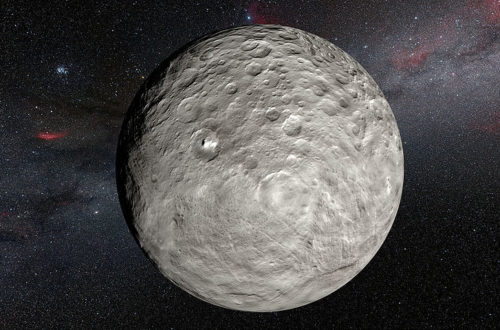Monthly Stargazing Calendar for May 2015
Looking for the May 2025 stargazing calendar?
Early this month, on the night of May 5th and 6th we will witness the peak of the Eta Aquarids meteor shower. It is an above average shower, capable of producing up to 60 meteors per hour at its peak. However most of the meteors can be seen in the Southern Hemisphere. For the rest of us in the Northern Hemisphere, the rate can reach about 30 meteors per hour. The meteor shower originates from dust particles left behind by comet Halley, which has known and observed since ancient times. Some meteors can also be seen before and after the peak between April 19 and May 28. Unfortunately this year, the nearly full moon will be a big problem, blocking out all but the brightest meteors. The best viewing will be from a dark location after midnight. If you are patient, you should still be able to catch a few good ones. Meteors will appear to radiate from the constellation Aquarius, but can appear anywhere in the sky.

Would you like to be notified of stargazing events?
On May 7th Mercury will be at greatest eastern elongation. It will reach greatest eastern elongation of 21.2 degrees from the Sun. This is the best time to view Mercury since it will be at its highest point above the horizon in the evening sky. Look for the planet low in the western sky just after sunset.
Later this month on May 23 Saturn will be at opposition. The ringed giant will be at its closest approach to Earth and its face will be fully illuminated by the Sun. This is why it will be brighter than any other time of the year and will be visible all night long. This is the best time to view and photograph Saturn and its moons. A medium-sized or larger telescope will allow you to see Saturn’s rings and a few of its brightest moons such as Titan.
Moon phases
As you know, the moon has a big impact on the visibility of celestial bodies in the night sky. So here are the moon’s phases for this month:

Positions of the planets this month
Mercury: The closest planet to the Sun can be seen at dawn and dusk travelling across the constellation of Taurus not far from Mars. This planet, being the closest to the Sun, will appear to move quickly in the night sky and its position will change in the following weeks.
Venus: The sister planet can be seen travelling across the constellation of Gemini. Just like Mercury, Venus can only be seen at dawn and dusk.
Mars: The red planet can be seen in the constellation of Taurus.
Jupiter: The gas giant is visible between the constellations of Cancer and Leo. Jupiter can easily be spotted with the naked eye, even in highly illuminated cities.
Saturn: The ringed giant can be seen with the naked eye between the constellations of Scorpius and Libra.
Uranus: The gas giant can be seen in the constellation of Pisces with the use of a telescope.
Neptune: The blue giant requires a telescope pointed in the constellation of Aquarius in order to be seen.
Major astronomical events next month
- June 6 – Venus at Greatest Eastern Elongation.
- June 21 – June Solstice.
- June 24 – Mercury at Greatest Western Elongation.
See also:
- Previous month’s calendar: [Hiatus] Stargazing Calendar for October 2014
- Next month’s calendar: Stargazing Calendar for June 2015
Would you like to receive similar articles by email?





